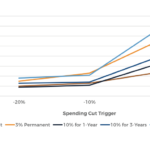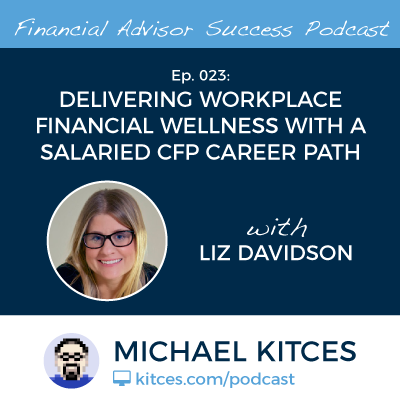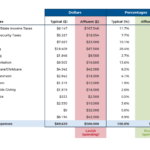The origin of the "safe withdrawal rate" approach was simply to set retirement spending low enough to survive the worst historical sequence of returns we've ever seen; if a future scenario was comparably bad, the retirement portfolio would make it to the end, and if market returns turn out better, the retiree simply has to decide what to do with their "extra" money.
The caveat, however, is that for at least some retirees, the approach of "be conservative upfront, and increase your spending later if returns permit" is not very appealing. Instead, it's more desirable to spend more in the early years, and simply engage in spending cuts if returns end out being less favorable. Except remarkably little research has ever delved into what the best approach is to cutting spending, if it actually does become necessary to make adjustments in order to stay on track!
In this guest post, Derek Tharp – our new Research Associate at Kitces.com, and a Ph.D. candidate in the financial planning program at Kansas State University – analyzes safe withdrawal rates based on various dynamic spending adjustments retirees could choose to adopt, finding that small-but-permanent strategies are generally both more effective, and realistically implementable, than large-but-temporary spending adjustments.
Notably, this is different than how many retirees often react when a substantial market decline occurs, where the instinctive response is often to engage in substantial spending cuts for a "temporary" period of time, until the market recovers. For instance, if there's a precipitous market crash of at least 20%, the retiree might trim spending by 20% as well for the next 3 years, until the portfolio recovers. Even if engaging in such spending cuts present serious strains to the retiree's current lifestyle.
Except as it turns out, engaging in a more rapid series of smaller - but permanent - spending cuts can be even more effective. For example, rather than cutting spending by 20% for 3 years after a market decline of more than 20%, if the retiree simply commits to trimming real spending by 3% (permanently) in any year that market returns are negative - approximately the equivalent of forgoing an inflation adjustment during the down year, and a fairly trivial spending adjustment for most retirees - the safe withdrawal rate rises by almost 0.5% (to more than 4.5%). With the large-but-temporary cut, the safe withdrawal rate only rises by 0.1%, instead.
Ironically, it may feel to retirees that engaging in "small" cuts aren't enough to ameliorate the consequences of a significant market decline early in retirement. Yet the reality is that the cumulative effect of small cuts really does add up - more than engaging in large-but-temporary cuts - in a manner that not only helps keep retirement on track if there's an unfavorable sequence of return, but arguably better aligns to how most retirees spend as well, where real inflation-adjusted spending typically declines in the later years anyway. And of course, if market returns are actually favorable, the retiree not only avoids substantial spending cuts, but enjoys the benefit of starting their retirement spending from a higher level in the first place!





 Welcome back to the twenty-third episode of the Financial Advisor Success podcast!
Welcome back to the twenty-third episode of the Financial Advisor Success podcast!




